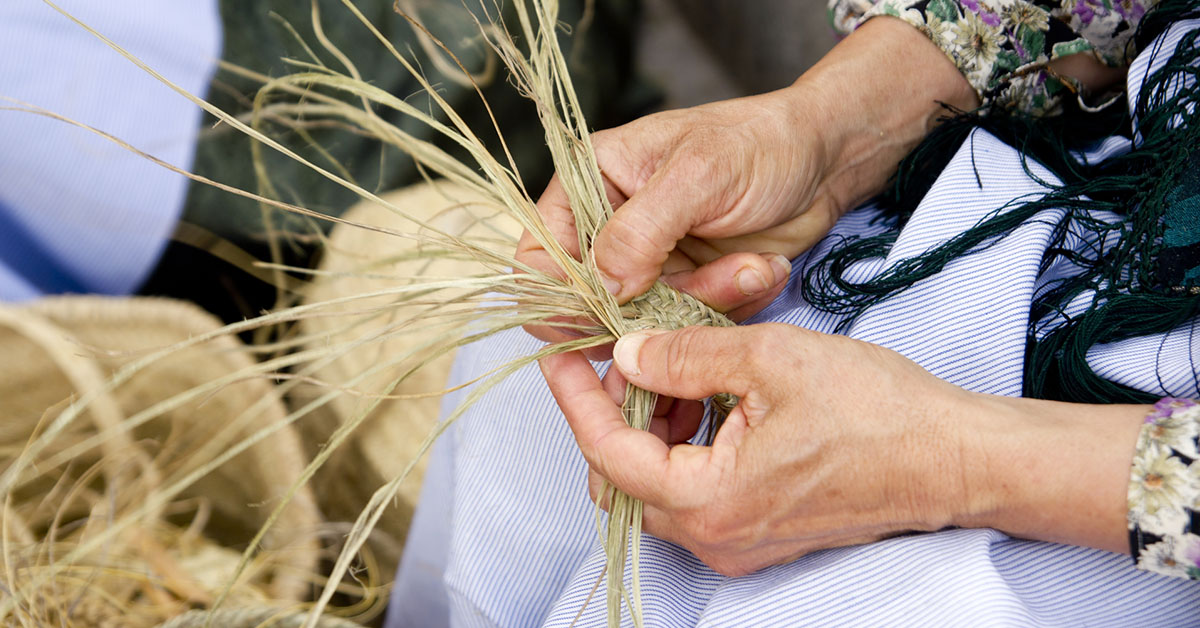Basque ethnography at a glance
Copyright and its regulations have been a source of major disputes and headaches in the field of intangible cultural heritage. In fact, our legal system has developed legislation according to ownership, and linking that to the creation or authorship in the sphere of the intangible.
What occurs then in the case of the expressions of intangible cultural heritage where it is difficult or impossible to establish a specific author? Who then holds the legally recognised copyright?
The expressions of intangible cultural heritage have led to in-depth debates on the legal aspects in the academic field and the international arena in general. As our legal systems focus copyright on such solid concepts and principles as ownership and authorship.
It is impossible to identify the owner or author in intangible cultural heritage (ICH), as neither exists. We use the term “bearer community” to refer to the group who keeps any intangible cultural property alive. The bearer community has not created this property, knowledge or means of expression, but the legitimacy of its representation must be accredited, as the community keeps alive and passes on the cultural expression from its forebearers to the future generations.
The first problem raised by current law is the very identification of the Bearer Community. Who are the members of the community of the Tribute of the Three Cows declared to be intangible cultural property? The representatives of some of the councils of the Baretous Valley and the Roncal Valley? And what about the livestock farmers and neighbours who prepare and herd the cows there?
Who are the members of the Bearer Community of Bertsolarismo [Basque improvised poetry]? Perchance does the Bertsozale Elkartea Association represent all the bertsolaris poets and fans of bertsolarismo? Why is an institutional (legalised) structure used to recognise the representation of a property that exceeds its limits?
Identifying a Bearer Community is a problem; however, current legislation requires it to be legalised and institutionalised in order for the community to have any right regarding the ICH recognised. And that is not all.
Furthermore, the Public Procurement Act establishes additional terms and conditions for public institutions to be able to subsidise the expression of ICH traditionally kept alive by a Bearer Community. That is the case, to give an example, with the Troupe of Giants and Bigheads of Pamplona. The Troupe that entertains children and adults alike during the San Fermin festivities has had to register some of the choreography of the dances of its giants with the Intellectual Property Register in order for the Local Council to contract this troupe and none other. Furthermore, in order to be able to do so, the troupe had to be institutionalised and be legally set up as an Association.
As Dr. Nancy Jazmín Pérez from Mexico points out in her PhD thesis[1], ICH needs its own legislation.
Gaizka Aranguren Urrotz – Doctor in assessment of Memory and Intangible Heritage
Managing director of Labrit Heritage
[1] Dr. Nancy Jazmín Pérez Ramírez from Mexico has a PhD in Law and Globalisation. The link to her PhD thesis: http://riaa.uaem.mx/xmlui/handle/20.500.12055/1013?locale-attribute=en



